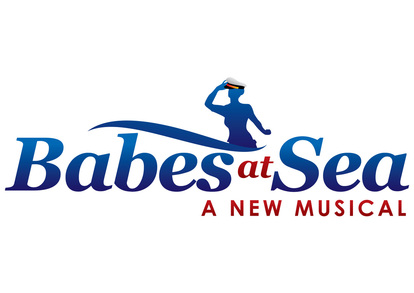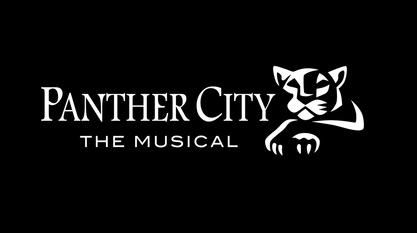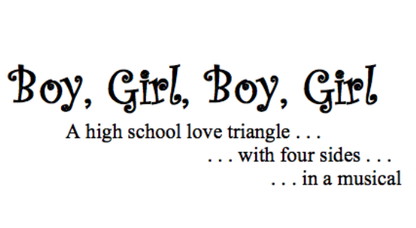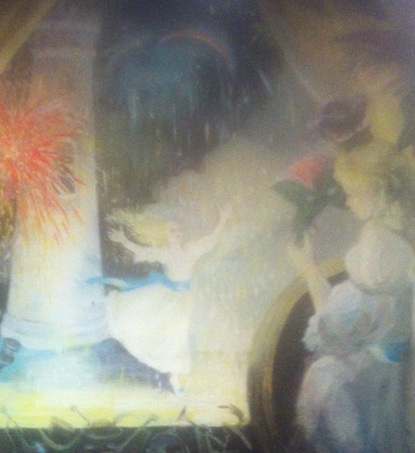In the past month or so I’ve been part of two workshops (recounted below) critiquing new musicals—one as an attendee, one as a panel member. And the most consistent comment I heard was, “I don’t know what your musical is about.”
Enter the “I Want” song.
Noel Katz, my fellow panel member at Carol de Giere’s MusicalWriter.com Swapfest, has a great post on the history, current state and good examples of I Want songs. (Click here. Learn more.) The I Want song not only helps the writer focus on “what your musical is about,” it sharpens main characters, clarifies motivation for the audience and establishes conflict.
All good? Yes. Completely good? No. Because you don’t want to become formulaic or too simplistic. As a writer, your goal isn’t to spit out a “Musical by the Lehman Engel Numbers.” It’s to write your show. Of course, you need to know the rules to bend them. Thinking about character motivation helps. Developing a motivation so strong your characters break into song about it helps. Writing a song that stirs something in your listeners helps.
But it doesn’t have to be a character standing up and singing, “I want you to know what is motivating me!”
Question: What is the “I Want” of Oklahoma? And the answer, of course, is Surrey With The Fringe On Top where Curly wants to date Laurey, which sets the entire show in motion. But that’s Curly. What is Laurey’s I want song? I would say it is People Will Say We’re In Love, in which she says what she wants by saying what she doesn’t want. In fact we get a long list of what she doesn’t want, which inspires Curly to offer a similar list of what he doesn’t want.
Only everything on both lists is exactly what they want.
And that’s fun.
Fiddler on the Roof breaks the rules in a different way. What is Fiddler’s I Want song. I think we have to say it’s Matchmaker, Matchmaker. The “want” of Tevye’s daughters sets everything in motion. All major developments, the change in Tevye, the motivation, the conflict, flow from that song . . . and the main character doesn’t sing it.
And that’s brilliant.
I wrote an I Want song for a musical version of It’s A Wonderful Life. (Note to Self: Always pay attention to Stephen Schwartz’ Rule No. 1 for Adapting a Work: “Never write a single note or lyric for a work for which you don’t not have the rights.”)
The song checks all the boxes save one.
By the main character? Check. George Bailey sings it.
Second song within the first 15 minutes? Check. Check.
Emotion so great singing must ensue? Check.
Says what the character wants? Well . . . sort of. After an intro, George, poised on the bridge where he’s contemplating suicide sings:
I guess I missed my train
Heard the whistle blow
Showed up at the station
Just in time to watch it go
But I still hear a bell
Ringing in the distance
How did I resist that siren song
A lifetime long
And miss my train?
There’s no train you want on
Like the one just gone
Speeding down a track
You know you should be on
Going where you’ve never been
Somewhere beyond your fear
Going the best place of all
Anywhere but here
I missed my train
It’s an “I Didn’t Get What I Want” song. Through three verses and a bridge we know why George is poised to jump off his bridge, learning what he wanted by what he feels he’s missed. It frontloads the emotion of story told in flashback.
I’ll close with another example from one of my favorite musicals The Drowsy Chaperone. (By the way, Drowsy won the Tony for Best Book, Best Score and Best Actor . . . and did not win Best Musical. Go figure.)
The second and third songs are the I Want songs. Cold Feets is Robert’s “I’m afraid to get married” song. Show Off is Janet’s “I don’t want to parade myself in front of the public anymore” song. Except Robert does want to get married and everything Janet sings in Show Off shows that’s exactly what she wants to do. Two characters. Two songs (Nos. 2 and 3 in the show). Two examples of “I Don’t Want” songs . . . except that they do.
Here’s the bottom line: The I Want song is important. Try your show without it, then add it in and you’ll see what I mean. So, understand the rule, and understand why the rule is necessary . . . and then bend it.
OK. That’s it, and that’s enough.
Enter the “I Want” song.
Noel Katz, my fellow panel member at Carol de Giere’s MusicalWriter.com Swapfest, has a great post on the history, current state and good examples of I Want songs. (Click here. Learn more.) The I Want song not only helps the writer focus on “what your musical is about,” it sharpens main characters, clarifies motivation for the audience and establishes conflict.
All good? Yes. Completely good? No. Because you don’t want to become formulaic or too simplistic. As a writer, your goal isn’t to spit out a “Musical by the Lehman Engel Numbers.” It’s to write your show. Of course, you need to know the rules to bend them. Thinking about character motivation helps. Developing a motivation so strong your characters break into song about it helps. Writing a song that stirs something in your listeners helps.
But it doesn’t have to be a character standing up and singing, “I want you to know what is motivating me!”
Question: What is the “I Want” of Oklahoma? And the answer, of course, is Surrey With The Fringe On Top where Curly wants to date Laurey, which sets the entire show in motion. But that’s Curly. What is Laurey’s I want song? I would say it is People Will Say We’re In Love, in which she says what she wants by saying what she doesn’t want. In fact we get a long list of what she doesn’t want, which inspires Curly to offer a similar list of what he doesn’t want.
Only everything on both lists is exactly what they want.
And that’s fun.
Fiddler on the Roof breaks the rules in a different way. What is Fiddler’s I Want song. I think we have to say it’s Matchmaker, Matchmaker. The “want” of Tevye’s daughters sets everything in motion. All major developments, the change in Tevye, the motivation, the conflict, flow from that song . . . and the main character doesn’t sing it.
And that’s brilliant.
I wrote an I Want song for a musical version of It’s A Wonderful Life. (Note to Self: Always pay attention to Stephen Schwartz’ Rule No. 1 for Adapting a Work: “Never write a single note or lyric for a work for which you don’t not have the rights.”)
The song checks all the boxes save one.
By the main character? Check. George Bailey sings it.
Second song within the first 15 minutes? Check. Check.
Emotion so great singing must ensue? Check.
Says what the character wants? Well . . . sort of. After an intro, George, poised on the bridge where he’s contemplating suicide sings:
I guess I missed my train
Heard the whistle blow
Showed up at the station
Just in time to watch it go
But I still hear a bell
Ringing in the distance
How did I resist that siren song
A lifetime long
And miss my train?
There’s no train you want on
Like the one just gone
Speeding down a track
You know you should be on
Going where you’ve never been
Somewhere beyond your fear
Going the best place of all
Anywhere but here
I missed my train
It’s an “I Didn’t Get What I Want” song. Through three verses and a bridge we know why George is poised to jump off his bridge, learning what he wanted by what he feels he’s missed. It frontloads the emotion of story told in flashback.
I’ll close with another example from one of my favorite musicals The Drowsy Chaperone. (By the way, Drowsy won the Tony for Best Book, Best Score and Best Actor . . . and did not win Best Musical. Go figure.)
The second and third songs are the I Want songs. Cold Feets is Robert’s “I’m afraid to get married” song. Show Off is Janet’s “I don’t want to parade myself in front of the public anymore” song. Except Robert does want to get married and everything Janet sings in Show Off shows that’s exactly what she wants to do. Two characters. Two songs (Nos. 2 and 3 in the show). Two examples of “I Don’t Want” songs . . . except that they do.
Here’s the bottom line: The I Want song is important. Try your show without it, then add it in and you’ll see what I mean. So, understand the rule, and understand why the rule is necessary . . . and then bend it.
OK. That’s it, and that’s enough.
 RSS Feed
RSS Feed



